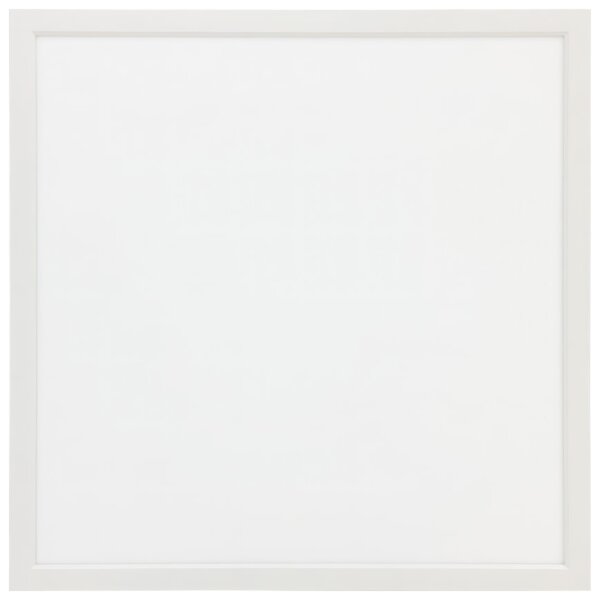
If you find yourself uncertain about whether a fixture will need a damp or wet location rated bulb, it is always best to err on the side of caution and choose the wet rated bulb. If you have landscape or hardscape lighting around your home, including path lights and garden accent lighting, these bulbs will need to be wet location rated. For example, covered porches, gazebos, and under large awnings are all suitable locations for damp location bulbs.Ĭan be safely used in open outdoor areas such as dining areas, walkways, and patios. Damp location bulbs can be used in fully covered areas outdoors. Dry location bulbs should not be used outdoors.Ĭan be safely used in bathrooms, including in the shower, indoor pool areas, utility rooms, and unfinished basements. Use the UL listing to determine the difference between indoor and outdoor light bulbs.Ĭan be safely used in living rooms, bedrooms, hallways, and kitchens. This rating is representative of the bulb’s ability to withstand damp or wet conditions. When you read the online description or look at the box for a light bulb, you will see a UL listing. Looking for clarity on the difference between indoor and outdoor bulbs? Read on to learn about the way bulbs are rated for outdoor use, and the different types of light bulbs for outdoor fixtures. Outdoor bulbs are almost always appropriate to use indoors as well. While it is not recommended to use indoor light bulbs for outdoor fixtures, outdoor bulbs are a bit more versatile. Bulbs that are not built to be used outdoors will not function well when exposed to moisture.

Not only is it a safety concern, but also a function concern. When it’s time to replace outdoor lighting, it is very important to make sure you buy the right kind of bulbs.


 0 kommentar(er)
0 kommentar(er)
